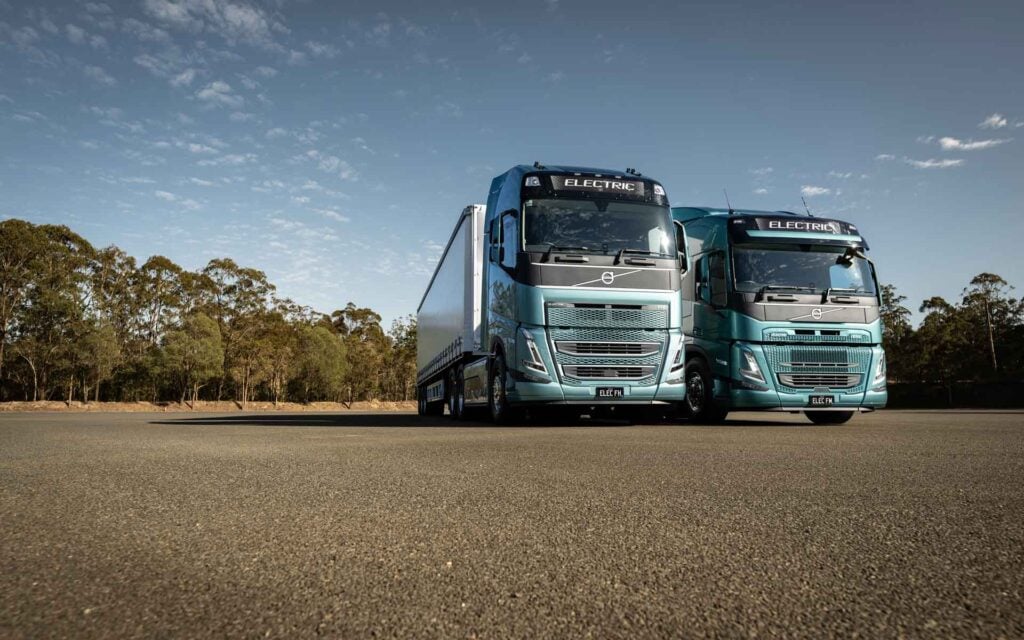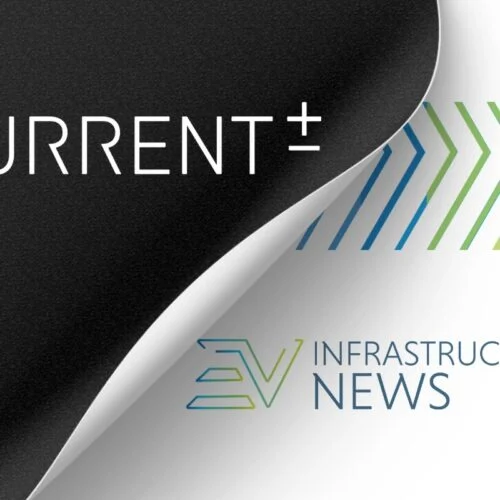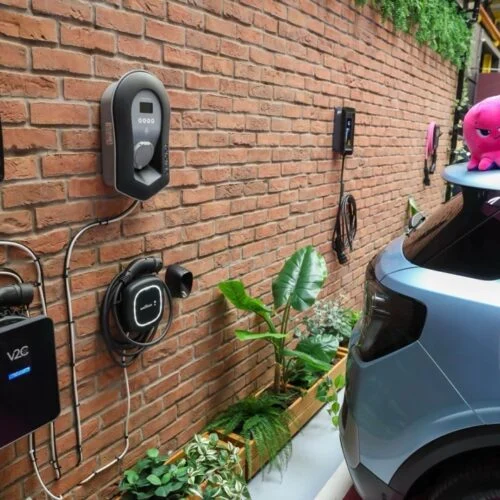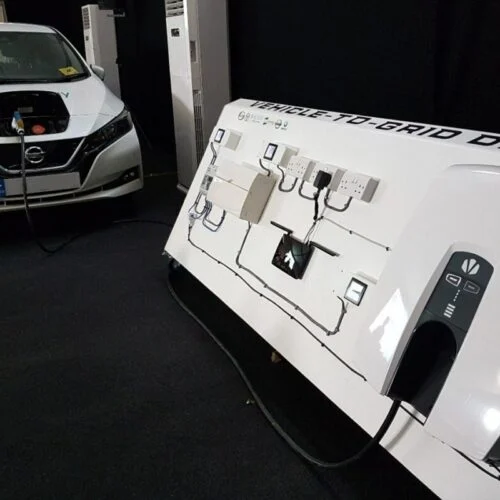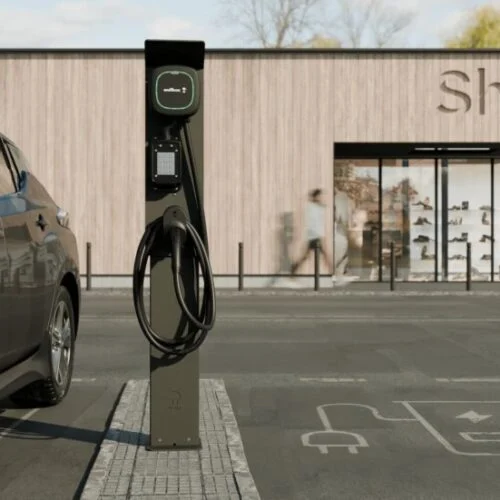A new report released by the Australian Renewable Energy Agency (ARENA) has projected the need for 165 heavy-duty EV charging hubs across Australia.
The Electrifying Road Freight Pathways to Transition report, prepared by engineering consultancy AECOM, believes these hubs could form the backbone of a nationwide EV charging network, strategically positioned to meet the operational demands of freight operators while ensuring seamless connectivity across major transport corridors.
The proposed heavy-duty EV charging hubs would be located near key freight infrastructure, including ports, intermodal terminals and major highways.
This strategic placement ensures that heavy-duty vehicle operators can access reliable charging facilities without significant detours, minimising downtime and maximising efficiency.
AECOM also notes that while the national overview provides a broad framework for hub locations, localised planning will be crucial to refine the placement of these facilities. Factors such as traffic patterns, regional freight demands, and proximity to renewable energy sources will likely play a significant role in determining the optimal locations for these hubs.
Each hub must be equipped with high-capacity chargers capable of delivering rapid charging times to accommodate the larger battery sizes of heavy vehicles. Additionally, the integration of renewable energy sources and advanced energy management systems could help ensure that the hubs operate sustainably and efficiently.
The need for supportive policy framework for heavy-duty EVs
While technological advancements and infrastructure development are essential, the report emphasises that without a supportive policy framework, the widespread adoption of electric heavy vehicles will face significant barriers.
Policy and regulation are needed to create a conducive environment for investment, streamline the integration of new technologies, and ensure that the transition aligns with broader national goals for decarbonisation and economic growth.
One key area highlighted in the report is the need to review and update vehicle design, access, and licensing rules to accommodate an EV’s unique requirements.
Heavy-duty EVs often differ in weight, dimensions, and operational characteristics compared to their diesel counterparts, which can create challenges under existing regulations.
For example, weight limits designed for traditional trucks may need to be adjusted to account for the heavier batteries used in EVs. Similarly, access rules for certain roadways and freight terminals may need to be revised to ensure EVs can operate efficiently without unnecessary restrictions.
AECOM believes these regulatory updates are essential for removing barriers to adoption and ensuring that EVs can compete on a level playing field with conventional vehicles.
In addition to regulatory adjustments, the report calls for clear targets and incentives to drive fleet electrification.
Financial incentives, such as subsidies for vehicle purchases or tax breaks for operators investing in charging infrastructure, can be pivotal in accelerating the transition.
These measures not only reduce the upfront costs associated with adopting BEVs but also signal a strong commitment from policymakers to support the industry’s shift toward sustainable transport.
Furthermore, setting ambitious yet achievable targets for fleet electrification provides a roadmap for stakeholders, encouraging coordinated action and investor attractiveness in the Australian EV market.
Our publisher, Solar Media, will soon launch a brand-new site dedicated to global EV charging infrastructure developments. Called EV Infrastructure News, the site will track market trends, technological breakthroughs and project developments from around the globe. Please visit and follow the official LinkedIn page to learn more.
